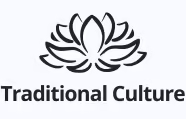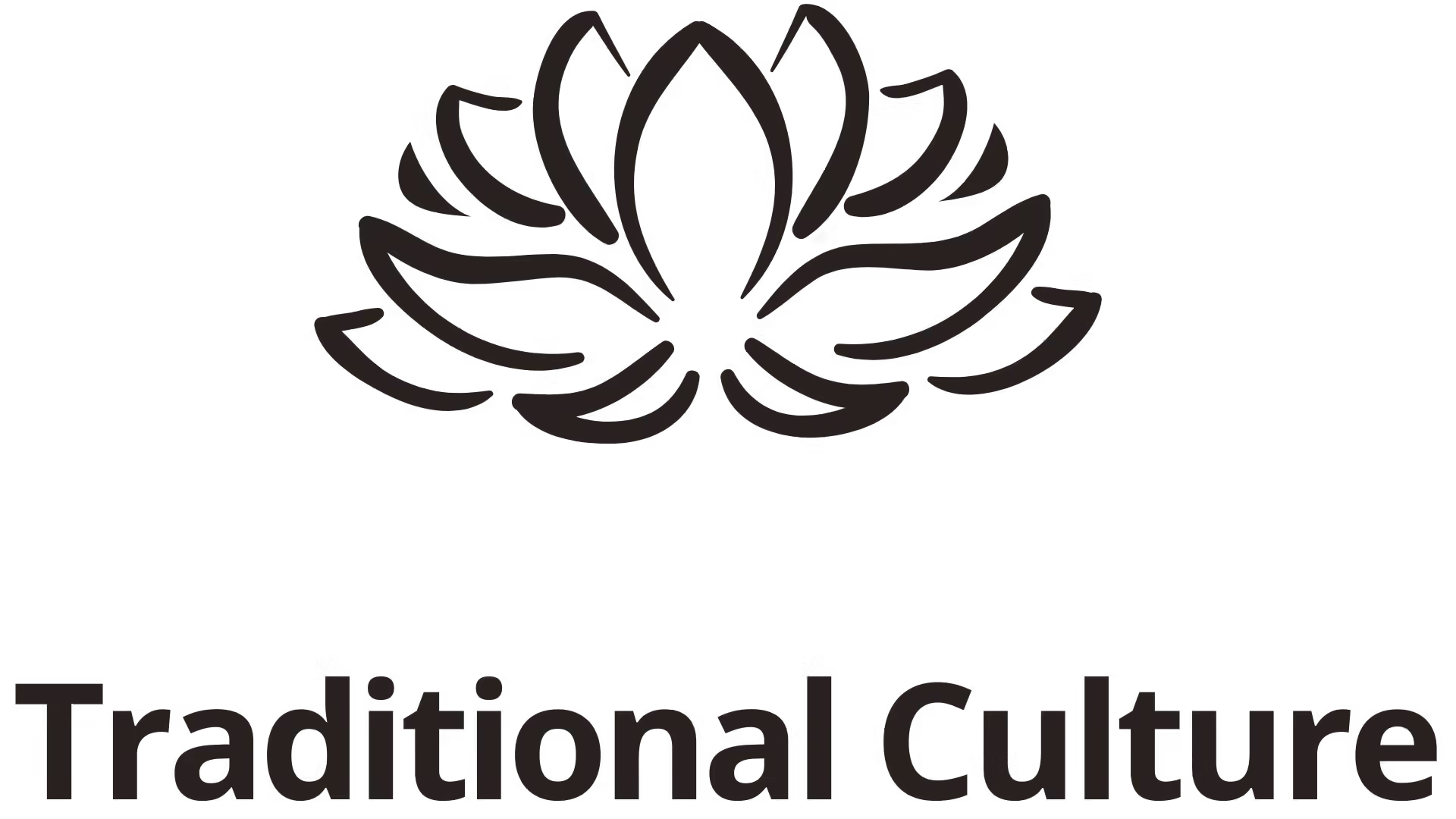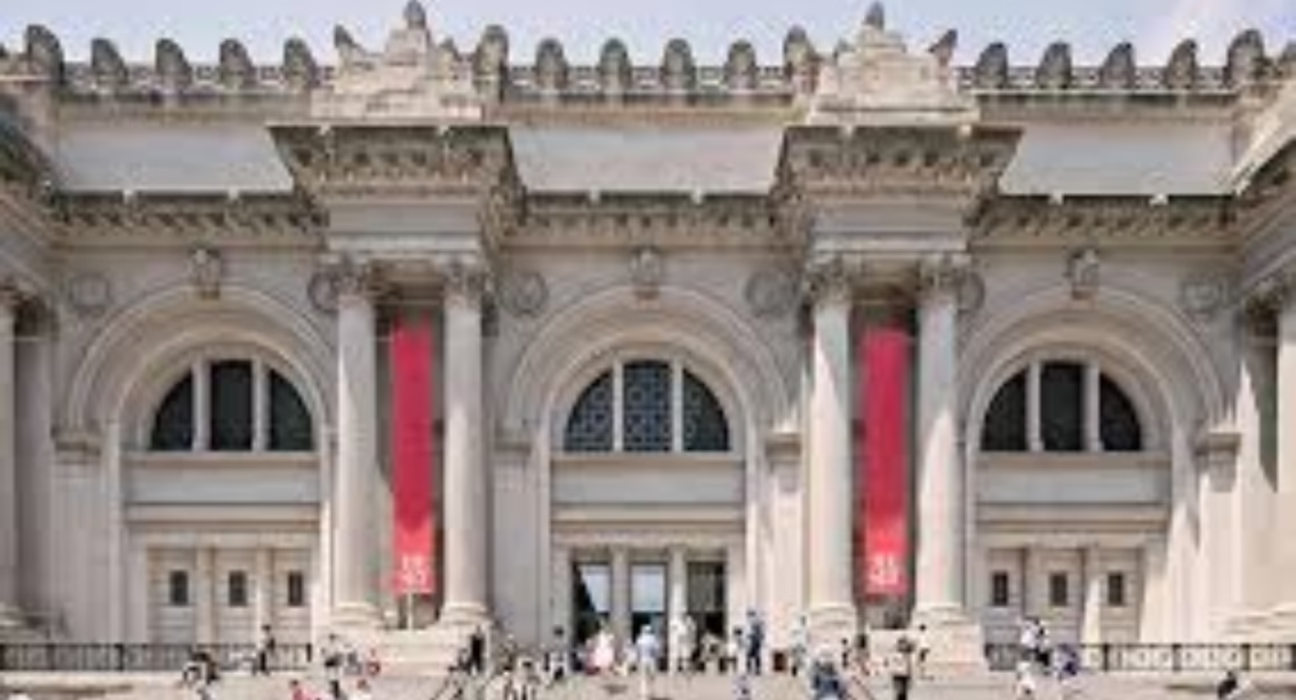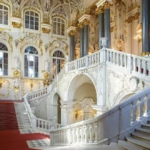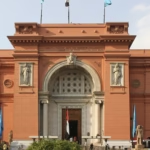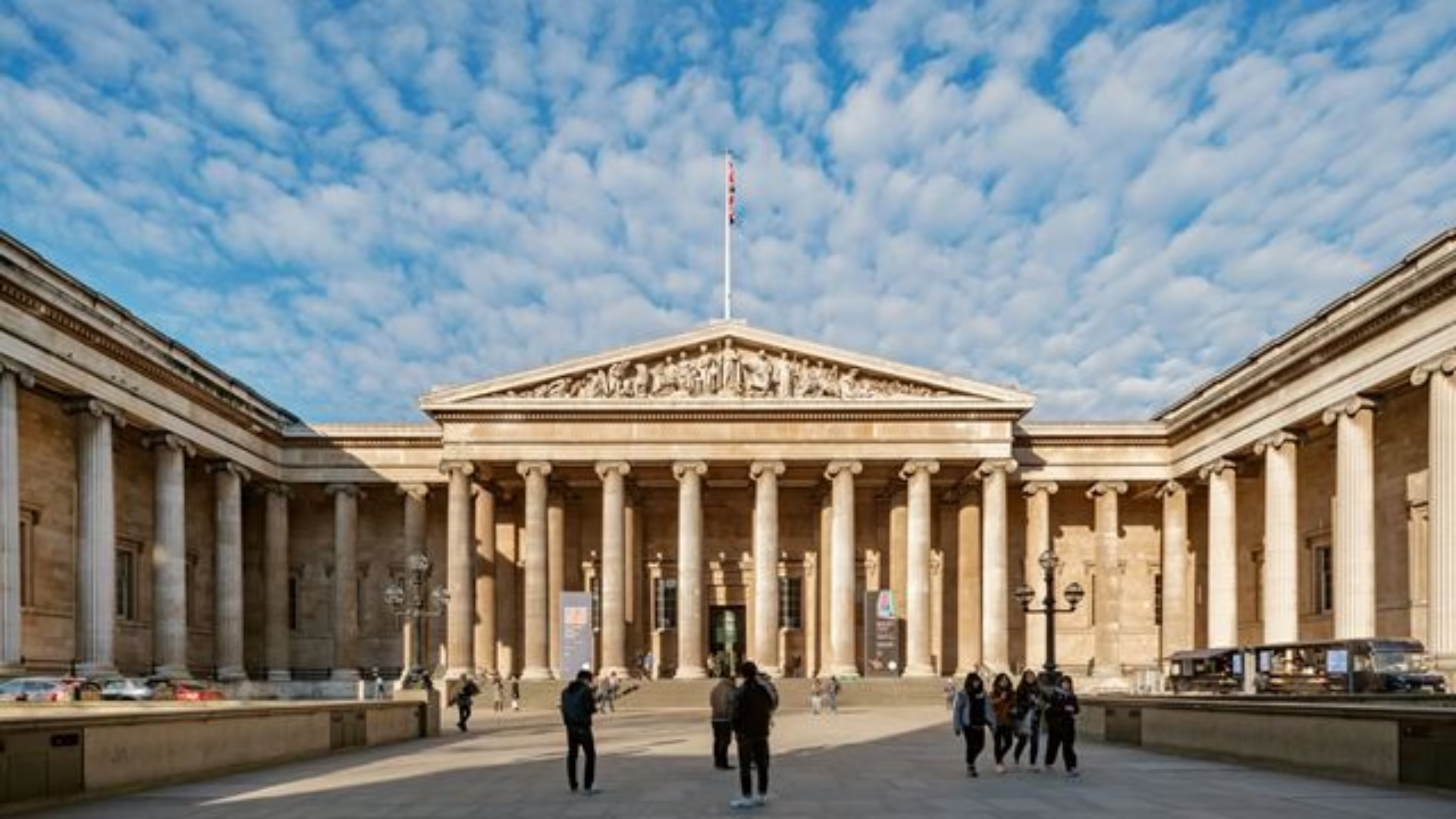The Metropolitan Museum of Art is a renowned institution that serves as a treasure chest of art and culture, standing proudly in the heart of New York City. Its vast collection spans over 5,000 years of human creativity, making it a must-visit destination for art enthusiasts, scholars, and families alike. With three distinct locations—the Met Fifth Avenue, The Met Cloisters, and The Met Breuer—each site offers unique experiences that highlight different aspects of artistic expression, from classical masterpieces to contemporary works.
A Journey Through Time: The Rich History of The Metropolitan Museum of Art

As one of the most visited museums in the world, The Metropolitan Museum of Art provides visitors with an immersive experience that celebrates the history of humanity through art. The museum’s origins date back to the mid-19th century when a group of American citizens came together to establish an institution dedicated to the arts. This segment will explore the evolution of The Met, focusing on its significant milestones and contributions to both art preservation and education.
The Founding Vision
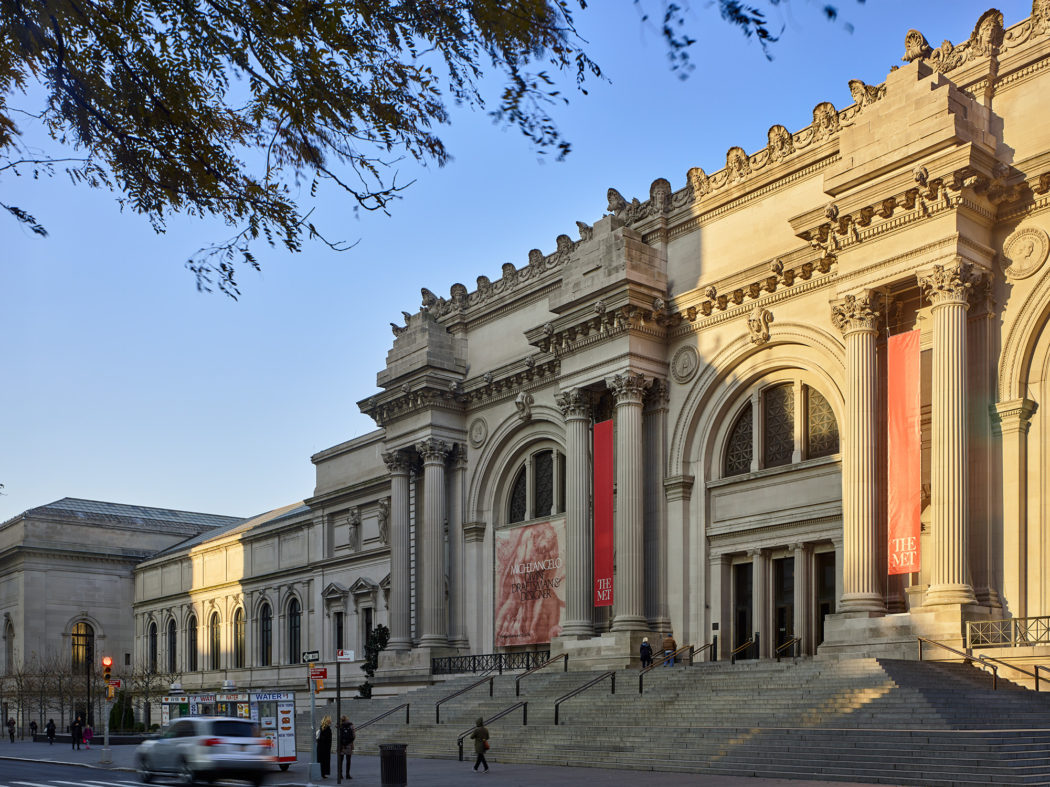
The vision behind the establishment of The Metropolitan Museum of Art was deeply rooted in the belief that art should be accessible to all. Founded in 1870 by a group of American artists and businessmen, the museum aimed to bring European art to the American public and provide a platform for American artists to showcase their work.
This founding vision was not merely an ambition but a commitment to democratizing access to art. The founders believed that by creating a space where people could engage with art, they could foster a deeper appreciation for culture and creativity. As a result, the museum slowly evolved into a melting pot of artistic expression, bringing together diverse cultures and eras under one roof.
Evolution and Expansions

Over the decades, The Metropolitan Museum of Art has undergone several expansions and renovations, each reflecting the changing tides of artistic movements and societal needs. The museum’s first home was in a modest building on Fifth Avenue, which quickly proved inadequate for its growing collection.
In 1880, the museum moved to its current location, a magnificent Beaux-Arts building designed by architects such as Richard Morris Hunt and later expanded by others like Daniel Burnham. This new space allowed for larger exhibitions and more comprehensive collections. The addition of The Met Cloisters in 1938 further diversified The Met’s offerings, allowing visitors to explore medieval art in a serene, garden-like setting.
These expansions not only enhanced the museum’s physical presence but also solidified its role as a cultural beacon that continues to adapt to the times while remaining anchored in its foundational mission.
Major Contributions to Art and Culture
The influence of The Metropolitan Museum of Art extends far beyond its walls. The museum has played a crucial role in educating the public about the significance of art throughout history. Through various educational programs, publications, and exhibitions, The Met has become a vital resource for students, educators, and researchers.
Moreover, The Met promotes cross-cultural dialogue through its diverse collections, highlighting the interconnectedness of global artistic traditions. The museum’s commitment to presenting art from around the world, including African, Asian, and Oceanic pieces, fosters an environment of inclusivity and understanding.
The ongoing restoration and conservation efforts undertaken by The Met also contribute significantly to preserving cultural heritage for future generations. By safeguarding artworks and artifacts, the museum ensures that the stories they tell remain alive and relevant in today’s fast-paced world.
Navigating The Met: Unique Experiences at Each Location
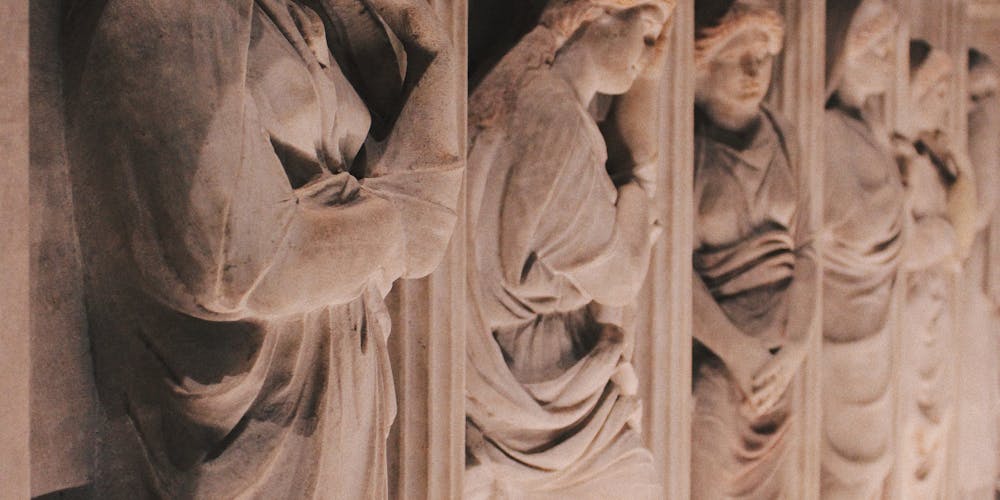
While The Metropolitan Museum of Art is united under a common purpose, each of its three locations—The Met Fifth Avenue, The Met Cloisters, and The Met Breuer—offers distinct experiences that cater to various interests and preferences. This section delves into what makes each location special and how visitors can make the most of their time at The Met.
The Met Fifth Avenue: A Grand Showcase of Masterpieces
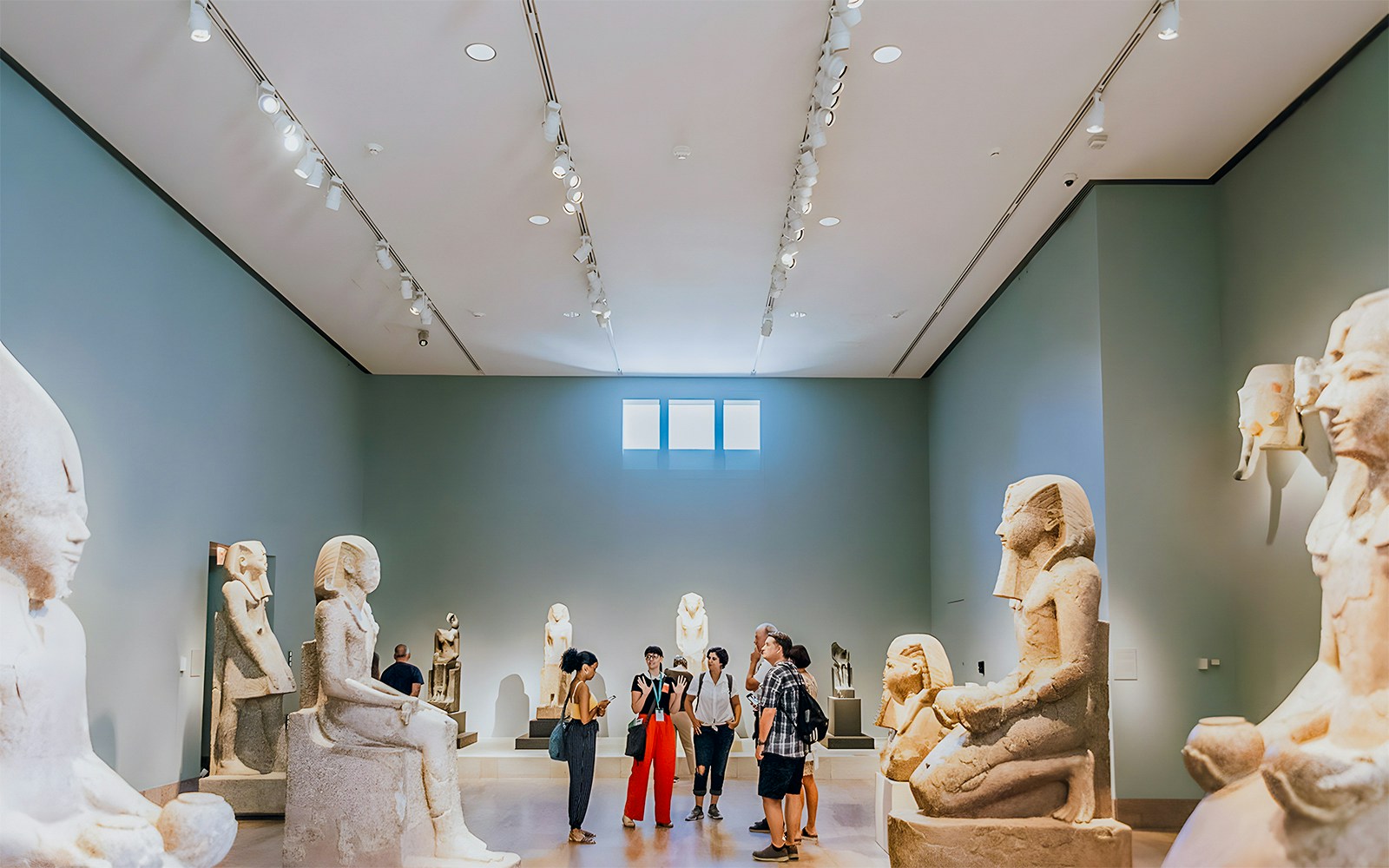
The Met Fifth Avenue stands as the museum’s main hub, housing an extensive collection that spans various cultures and historical periods. Upon entering this iconic building, visitors are greeted by the grandeur of its architecture and the sheer scale of its collection.
The museum’s galleries host everything from ancient Egyptian artifacts to Renaissance paintings, enabling visitors to embark on a journey through time. Each room tells a story, inviting visitors to immerse themselves in the beauty and complexity of art.
Highlights of the Collection
Among the standout pieces at The Met Fifth Avenue are famous works by renowned artists such as Vincent van Gogh, Claude Monet, and Rembrandt. The museum boasts an impressive array of European paintings, each providing insight into the artist’s technique and emotional depth.
Furthermore, The Met’s collection also features stunning sculptures, textiles, and decorative arts, showcasing the diversity of human creativity. The interplay between these different forms of art illustrates how artistic expression transcends geographical and temporal boundaries.
Engaging Programs and Events
The Met Fifth Avenue regularly hosts a variety of engaging programs, workshops, and lectures designed to enliven the visitor experience. From guided tours led by knowledgeable curators to interactive family programs, there is something for everyone.
These initiatives encourage visitors to deepen their understanding of the artworks on display, bridging the gap between art and education. Moreover, visitors can take advantage of technology through mobile apps and virtual tours, enhancing their experience in the museum.
The Met Cloisters: A Serene Retreat Focused on Medieval Art

Located in Fort Tryon Park, The Met Cloisters offers a tranquil escape from the hustle and bustle of the city. This branch of The Metropolitan Museum of Art is dedicated to the art and architecture of medieval Europe, showcasing a unique collection of medieval artifacts, tapestries, and manuscripts.
The architectural design of The Met Cloisters itself draws inspiration from medieval European monasteries, creating a peaceful atmosphere conducive to contemplation and exploration. Visitors can wander through beautifully landscaped gardens and admire the intricately crafted works of art.
A Unique Collection of Medieval Art
The Met Cloisters features an impressive collection of medieval art, including illuminated manuscripts, reliquaries, and Gothic sculptures. One of the highlights is the Unicorn Tapestries, a series of intricate and colorful tapestries that depict the hunt for the mythical unicorn.
Engaging with these works allows visitors to gain a deeper appreciation for the artistry and craftsmanship that characterized the medieval period. Each piece tells a rich story, revealing insights into the beliefs and cultural practices of the time.
Educational Opportunities
In addition to its remarkable collection, The Met Cloisters offers a variety of educational programs focused on medieval art and culture. Workshops, lectures, and hands-on activities provide visitors with opportunities to learn more about the history and significance of the art on display.
These educational initiatives aim to create a dialogue between the past and present, encouraging visitors to reflect on how medieval art continues to resonate in contemporary society.
The Met Breuer: A Celebration of Modern and Contemporary Art
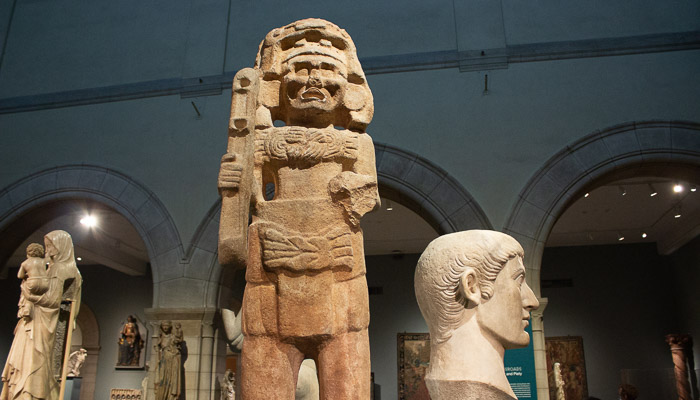
Although The Met Breuer has since closed its doors, it remains an important part of The Met’s legacy as an institution dedicated to modern and contemporary art. Located on Madison Avenue, this branch showcased cutting-edge exhibitions featuring the works of influential artists from the 20th and 21st centuries.
The distinctive Brutalist architecture of The Met Breuer provided a striking backdrop for the dynamic artworks housed within, reinforcing the museum’s commitment to innovation and exploration of contemporary themes.
Pioneering Exhibitions
The Met Breuer hosted numerous groundbreaking exhibitions that challenged traditional notions of art and its role in society. From retrospectives of celebrated artists to thematic shows focused on pressing social issues, every exhibition created a platform for meaningful dialogue.
One notable exhibition included the works of African-American artist Kerry James Marshall, whose powerful paintings delve into themes of identity, history, and representation. Such exhibitions not only showcased exceptional talent but also addressed critical conversations surrounding art’s impact on culture.
Community Engagement
The Met Breuer also placed a strong emphasis on community engagement, hosting events that invited local artists, scholars, and audiences to participate in discussions and workshops. This commitment to fostering connections within the art community enriched the overall experience for visitors.
Despite its closure, the spirit of The Met Breuer lives on through its innovative programming and dedication to exploring contemporary art, influencing how museums approach modern artistic expression.
The Role of Technology in Enhancing Visitor Experiences at The Met
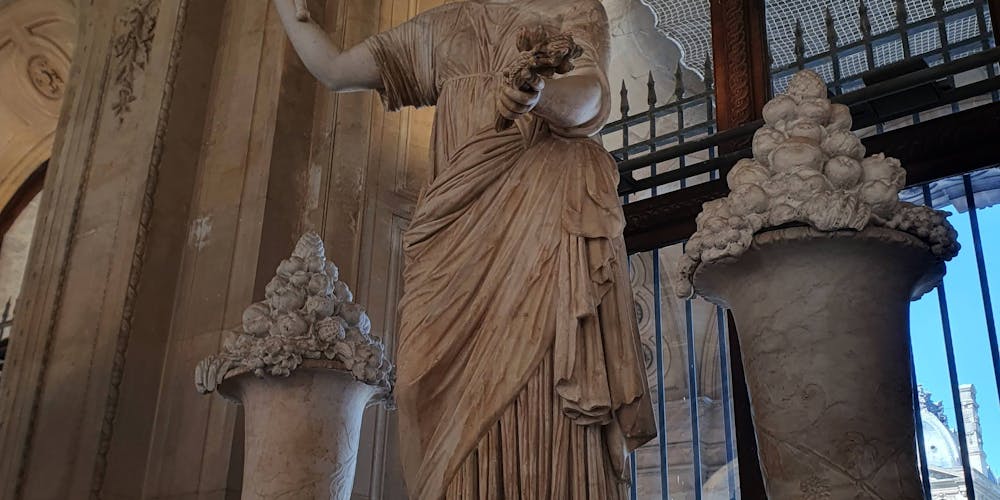
In an age where technology permeates every aspect of our lives, The Metropolitan Museum of Art has embraced digital innovation to enhance visitor experiences. Through a combination of online resources and interactive exhibits, The Met has made art more accessible and engaging than ever before.
Digital Accessibility

The Met has developed a user-friendly website that serves as a gateway to its vast collection. Visitors can explore thousands of artworks online, complete with detailed descriptions and high-resolution images. This digital accessibility allows individuals who may not have the opportunity to visit the museum in person to engage with its collection from anywhere in the world.
Moreover, The Met’s commitment to making art accessible extends to its extensive educational resources. Teachers and students can find lesson plans, videos, and interactive modules that support learning about art and culture.
Social Media and Online Communities

Social media platforms such as Instagram and Facebook have transformed the way audiences interact with art. The use of hashtags like
These platforms have allowed The Met to reach a wider audience, fostering discussions about art and encouraging individuals to connect with their own creative journeys. By sharing personal reflections and insights on artworks, visitors contribute to a vibrant dialogue that transcends geographic boundaries.
Interactive Exhibits and Augmented Reality

The incorporation of technology into exhibitions has created new ways for visitors to engage with art. Interactive exhibits allow guests to become active participants rather than passive observers. For instance, touch screens enable visitors to delve deeper into specific artworks, uncovering layers of information about the artist, historical context, and techniques used.
Augmented reality (AR) experiences further enhance this engagement by allowing visitors to visualize artwork in a new light. By using smartphones or AR glasses, guests can see additional content related to the pieces they encounter, whether it be animations, historical references, or artist interviews.
Education and Outreach: Bridging Generations Through Art
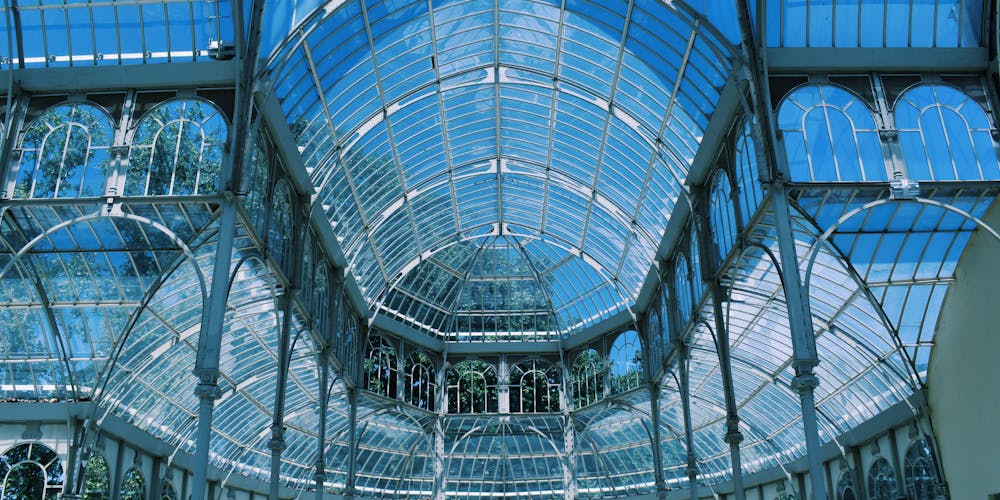
Education is at the heart of The Metropolitan Museum of Art’s mission. From programs tailored for children to initiatives aimed at adults, The Met seeks to inspire curiosity and foster a love for art across generations. This section will explore the museum’s commitment to education and outreach within the community.
Family-Friendly Programs
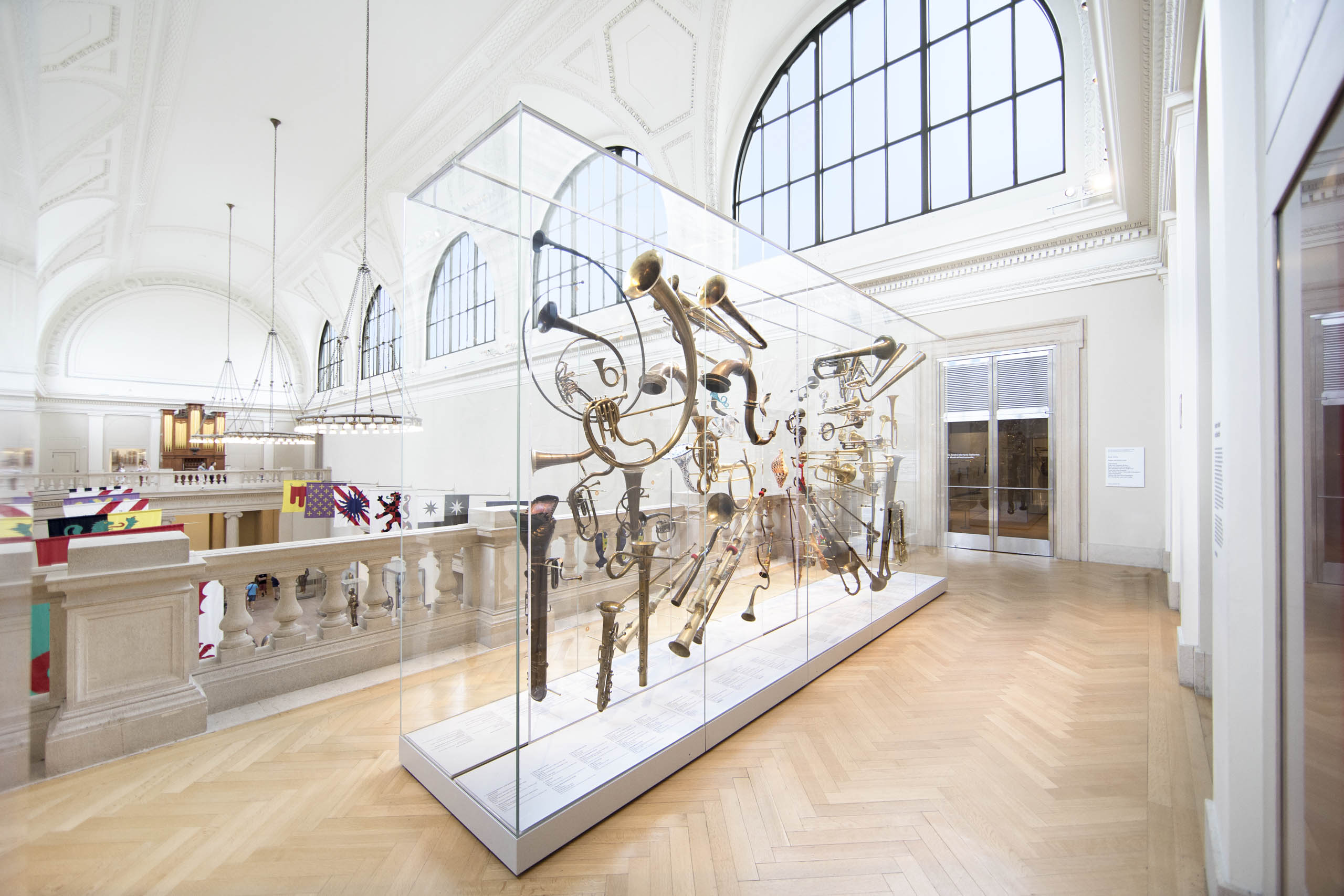
The Met offers an array of family-oriented programs designed to engage young minds and promote creativity. These initiatives often include art-making workshops, storytelling sessions, and scavenger hunts throughout the museum.
By involving families in hands-on activities, The Met helps children develop an appreciation for art from an early age. These experiences not only nurture creativity but also strengthen familial bonds through shared exploration and discovery.
Adult Learning Opportunities
For adults looking to deepen their understanding of art, The Met provides a range of classes, lectures, and discussions led by experts in the field. These programs cover diverse topics, from art history to contemporary trends, catering to varying levels of knowledge and interest.
Additionally, The Met collaborates with local universities and institutions to offer courses that bridge academic study with practical art engagement. This partnership fosters a culture of lifelong learning, empowering individuals to connect with art in meaningful ways.
Community Engagement Initiatives
The Metropolitan Museum of Art also prioritizes outreach to underserved communities. By developing partnerships with schools, community centers, and nonprofits, The Met aims to provide access to art and education to those who may not typically have opportunities to engage with cultural institutions.
Through outreach efforts, The Met brings art directly to neighborhoods, inspiring creativity and dialogue within diverse communities. This commitment to inclusivity reflects the museum’s belief that art is a universal language capable of uniting people from all walks of life.
Conclusion

The Metropolitan Museum of Art stands as a testament to the enduring power of creativity and the importance of cultural preservation. Its vast collection, ranging from ancient artifacts to contemporary masterpieces, invites visitors to engage with art and history in profound ways.
Through its dedication to education, community outreach, and technological innovation, The Met not only preserves the past but also nurtures the future of artistic expression. As we continue to navigate the complexities of the modern world, The Metropolitan Museum of Art will undoubtedly remain a beacon of inspiration, connecting generations through the transformative power of art.

